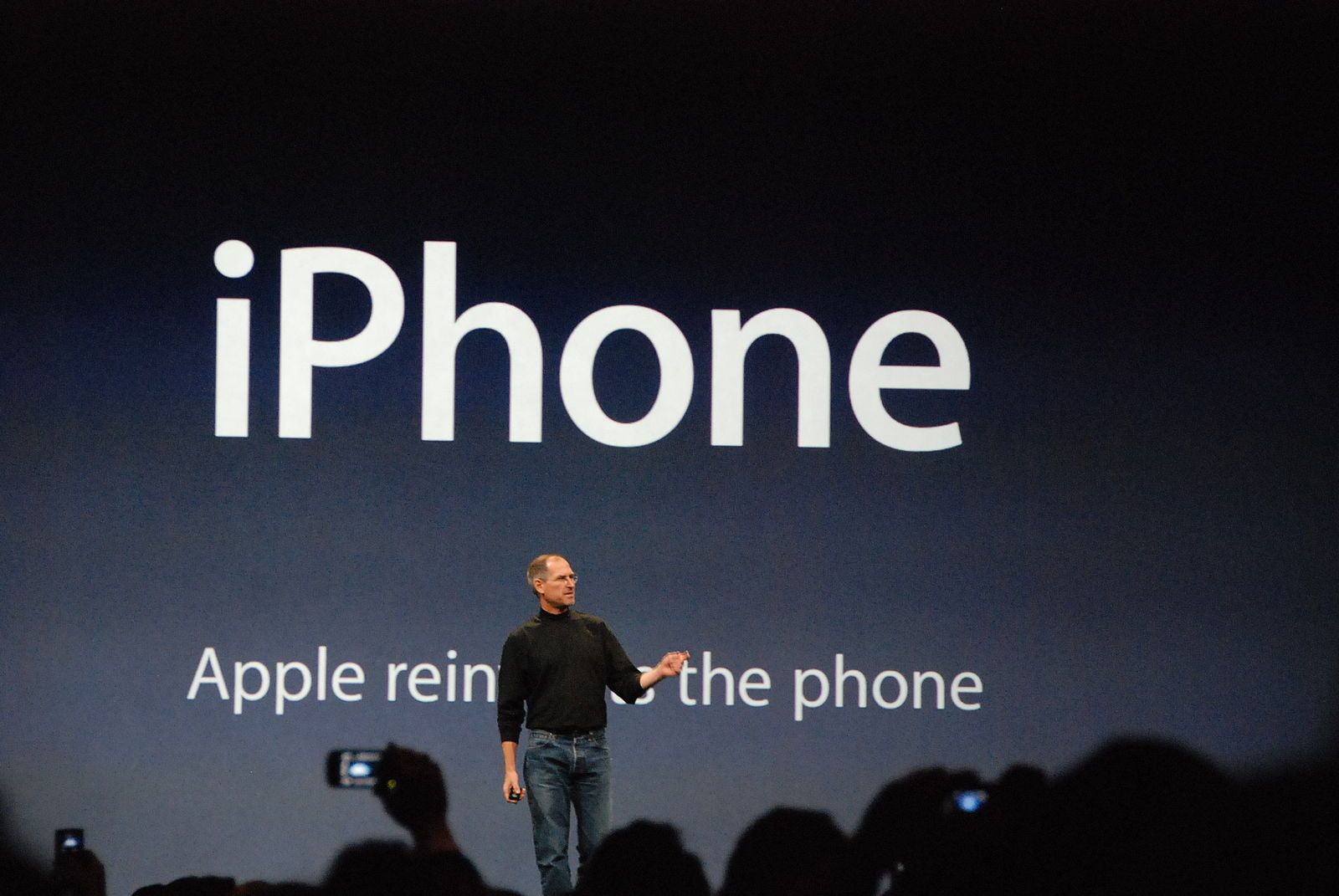The ball game has changed for the IT industry. Organizations that today don't offer access to their products and services seamlessly through multiple channels, are not just considered outdated but are seriously seeing a decline in their market share. They are being disrupted.
This inflection point, arguably kick-started by the huge popularity of smartphones inevitably making mobile apps the benchmark for user experience, ended up introducing considerable pressure for businesses to modernize their IT landscape and therefore, keep up with the competition (digital giants and startups) and new demands of users in general (customers and employees):

Source: https://commons.wikimedia.org/wiki/File:Steve_Jobs_presents_iPhone.jpg
For digital giants such as Google, Apple, and Facebook, or even for a startup, this doesn't represent a real challenge. As many have said already, such organizations were born digital and therefore they are not directly exposed to such disruption, and if they were, they are ready to quickly respond to the challenge (that is, Snapchat vs Facebook, Waze vs Google Maps). For traditional organizations, on the other hand, which is the vast majority worldwide, this represents a huge challenge as they can't simply wipe their existing IT landscape and start from scratch.
Such organizations must carefully devise plans and strategies to modernize their business. They must make available considerable investments to digitally transform their operations and adapt to modern business models capable of engaging customers through digital channels in a more intimate and dynamic way.
But as organizations embark on the journey of digital transformation, it soon becomes evident that without reliable access to core information assets, delivering relevant and modern solutions that put the customer at the center is a real challenge.



